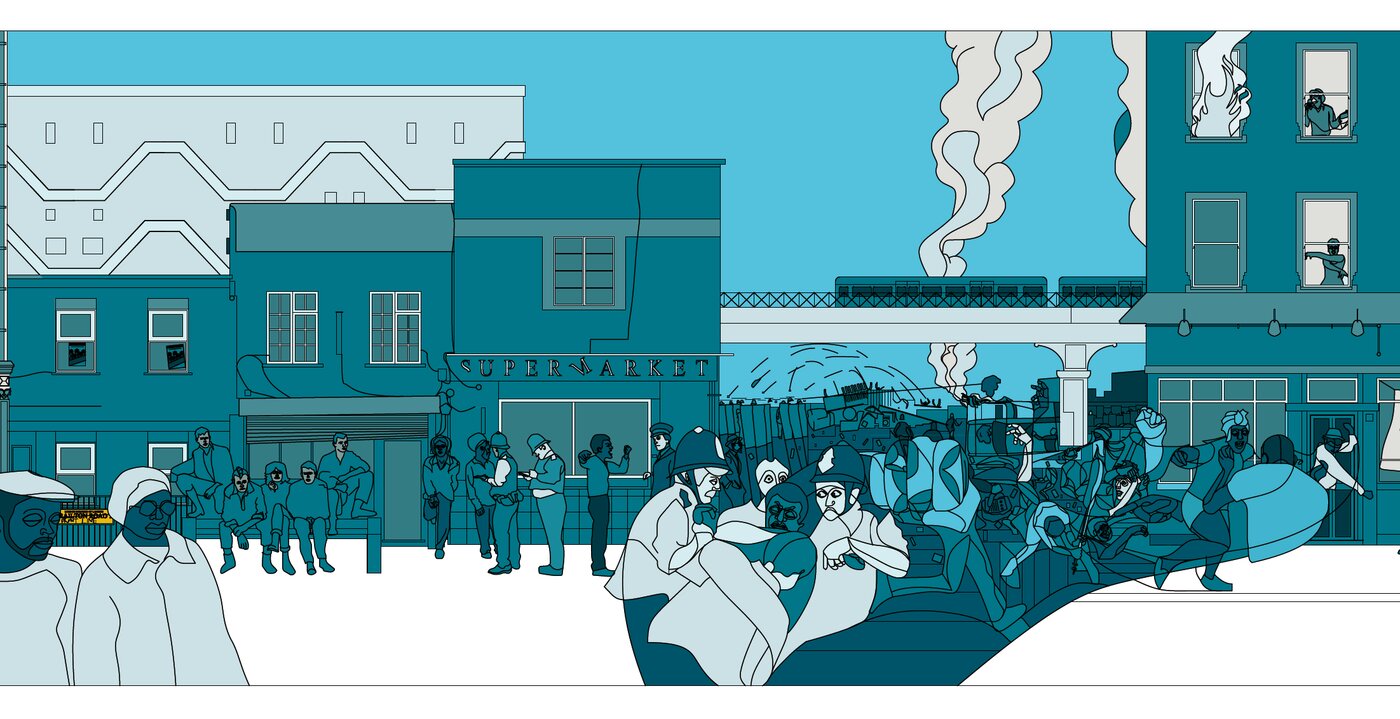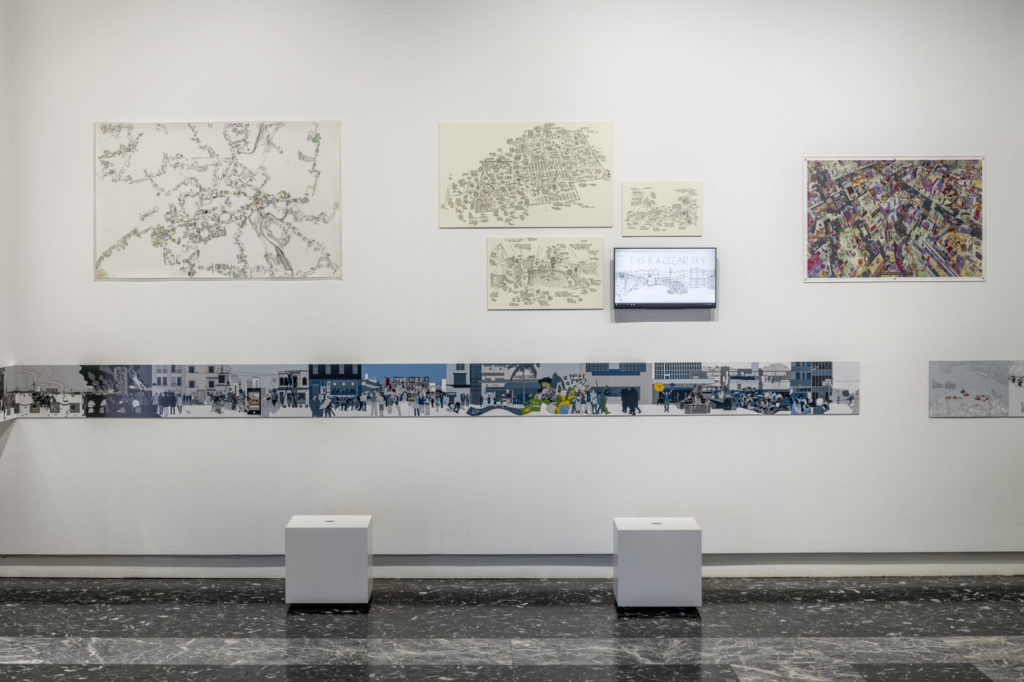The Street as a Protest Space

As the work of Crimson Historians and Urbanists shows, limiting roads to discussions of mobility would be negligent. After all, street spaces also act primarily as spaces of protest. The street, closed off and swept empty of traffic, becomes a stage for expressions of discontentment and dissatisfaction with state systems or political decisions. Crimson’s work speaks of these struggles as well as of the dynamics and forces that are revealed here. The future of protest movements, they argue, is closely linked to the street as a place of assembly accessible to all. But this understanding is not a given everywhere. What happens, for example, if surveillance gets out of hand? Or, Crimson asks, will this be the very thing that triggers new protests?
